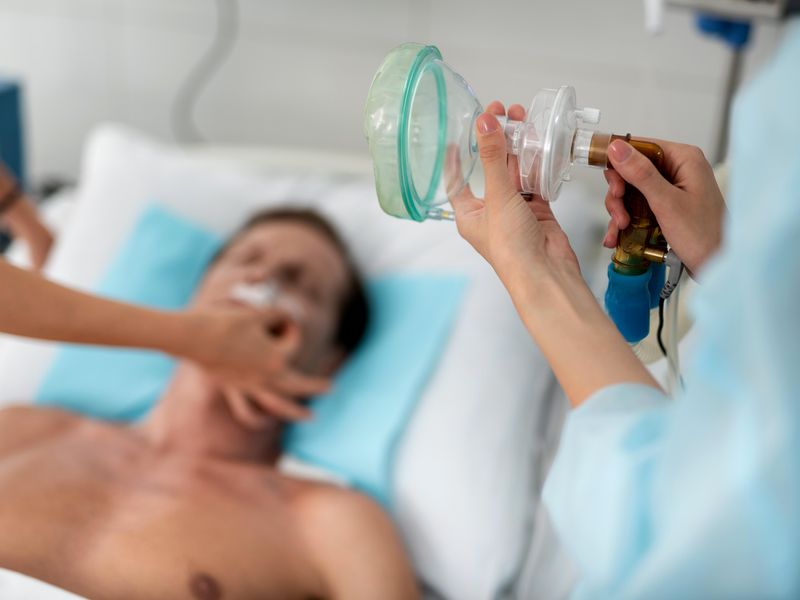No difference seen in number of ventilator-free days, time to extubation, reintubation with PSV versus T-piece
THURSDAY, Oct. 27, 2022 (HealthDay News) — For patients at high risk for extubation failure, the number of ventilator-free days at day 28 is no different for spontaneous-breathing trials performed with use of pressure-support ventilation (PSV) or a T-piece, according to a study published online Oct. 26 in the New England Journal of Medicine to coincide with LIVES 2022, the annual congress of the European Society of Intensive Care Medicine, held from Oct. 22 to 26 in Paris.
Arnaud W. Thille, M.D., Ph.D., from Centre Hospitalier Universitaire de Poitiers in France, and colleagues randomly assigned patients with a high risk for extubation failure to undergo spontaneous-breathing trials performed with use of PSV or a T-piece. The analysis included 969 patients (484 in the PSV group and 485 in the T-piece group).
The researchers found that the median number of ventilator-free days was 27 in both the PSV and T-piece groups at day 28. Extubation was performed within 24 hours in 77.7 and 72.2 percent of patients in the PSV and T-piece groups, respectively; extubation was performed within seven days in 97.7 and 94.4 percent of patients, respectively. Reintubation was performed in 14.9 and 13.6 percent of patients in the PSV and T-piece groups, respectively. In nine patients (three in the PSV group and six in the T-piece group), cardiac or respiratory arrest was a reason for reintubation.
“Our primary analysis showed no significant difference between these two strategies with respect to the number of ventilator-free days after the initial spontaneous-breathing trial,” the authors write.
Editorial (subscription or payment maybe required)
Copyright © 2022 HealthDay. All rights reserved.








